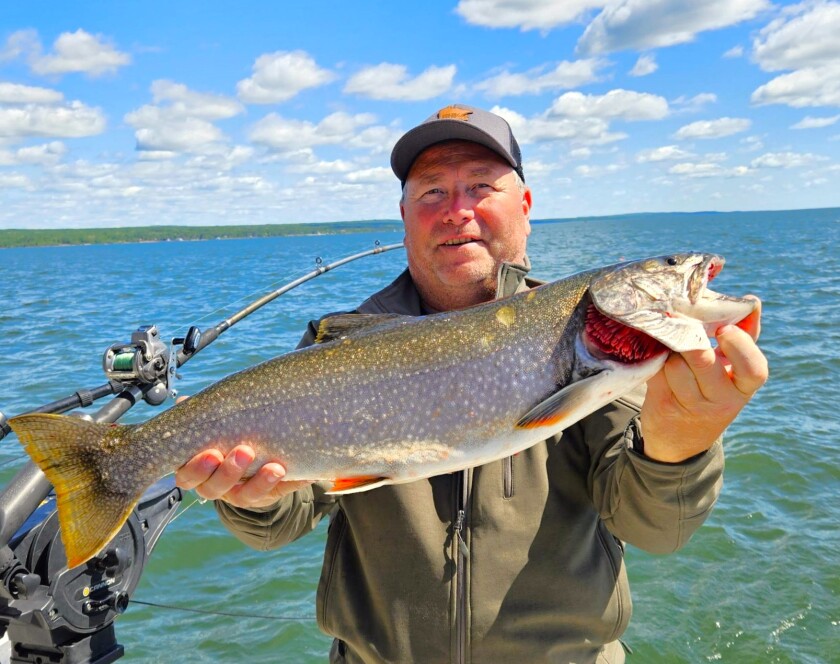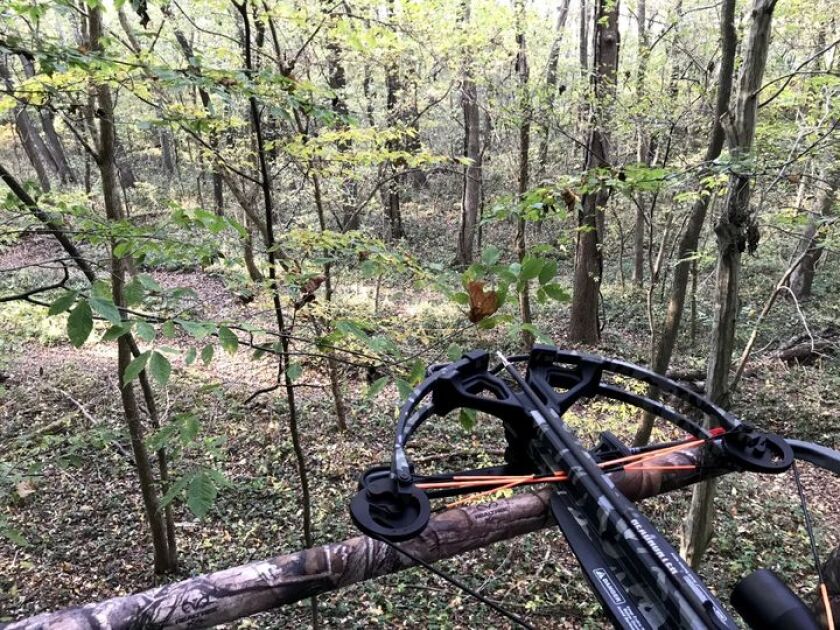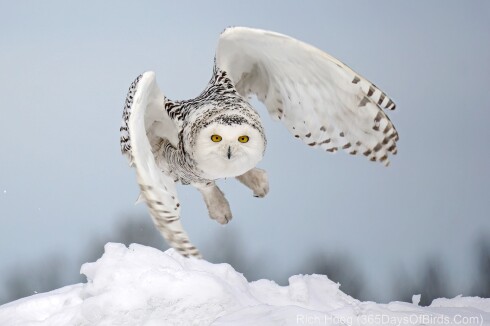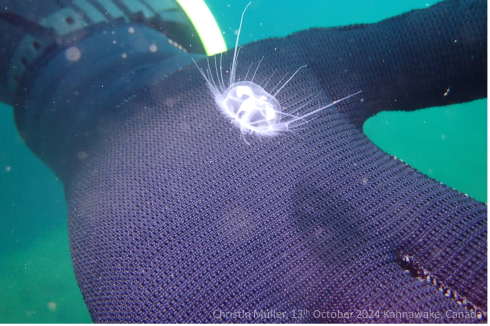DULUTH — As western Lake Superior's surface water warms to its highest point of the year, experts are reminding anglers to be careful of their lake trout fishing techniques, noting many fish caught and released are likely to die.
They’re pointing to a Michigan Department of Natural Resources study that found 43% of lake trout released on Lake Superior when surface water temperatures are above 50 degrees perished.
ADVERTISEMENT
“And it gets markedly worse for mortality when the temperature is over 70 degrees, and we’re seeing that on the surface now in many areas,” said Cory Goldsworthy, Lake Superior fisheries manager for the Minnesota DNR.
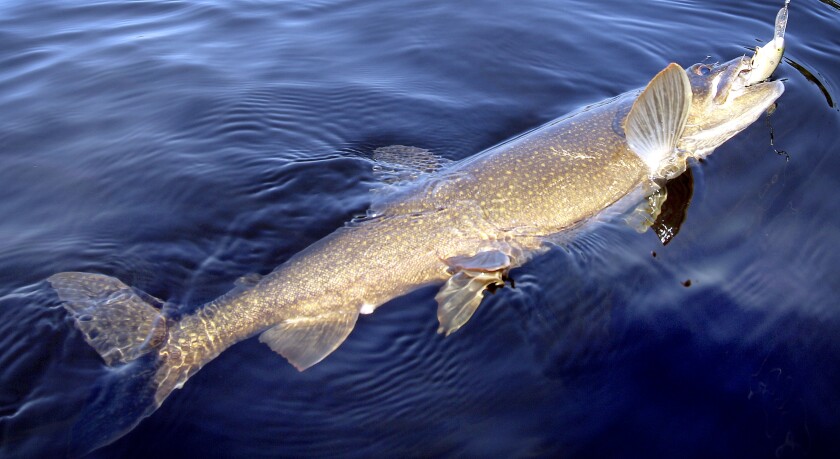
That’s why he’s asking anglers to limit the number of lake trout they catch to the number they want to keep and eat. Keep the fish you catch as part of your limit, and don’t keep releasing additional lake trout — maybe move shallower and try for salmon, which don’t have the same issues.
“Get your three lake trout and be done with them. Go try for something else,” Goldsworthy recommends. “If you are catching more than three now and releasing them, you are killing a lot of lake trout you think are just fine.”
Goldsworthy said he’s heard recent concerns from sport anglers and charger captains that lake trout fishing has been so good that some boats have bragged about catching dozens of fish daily. The Minnesota limit for Lake Superior lakers is three daily. Wisconsin’s limit is also three, with no fish allowed under 15 inches and only one over 25 inches.
“Especially with the new Livescope (sonar) technology and jigging, they can catch a lot of trout,” Goldsworthy noted. “Last Friday, I had 70-degree water right out of Two Harbors, so let’s give them (lake trout) a break.”

On Monday, data from the National Weather Service showed water temperatures between 59 and 75 degrees at various weather buoy locations on the big lake, including 67 degrees near Two Harbors, 68 degrees near Duluth and 74 degrees near Long Island in the Apostle Islands.
Lake trout are the most abundant and most-caught game fish in western Lake Superior. The naturally reproducing population is doing very well, recovering over the last 30 years after being wiped out by commercial netting and invasive sea lamprey by the 1950s. Extensive, annual control of lamprey, and tight limits on netting, allowed the population to return.
ADVERTISEMENT
But anglers can have an impact on the laker population as well. The extensive study by the Michigan DNR a decade ago used tagged fish caught both by anglers and fisheries biologists and then figured survival rates based on how many tagged fish were turned in.
In all, more than 4,000 lake trout were tagged in Lake Superior and another nearly 1,000 in Lake Huron. To increase the return rate, anglers were offered a $10 bounty for any tagged lake trout.
Lake trout are not a suitable fish for catch-and-release fishing
The results were surprising if not shocking: Hooking mortality — fish released only to die — was estimated to be about 15% when the surface temperature was 50 degrees or colder but jumped to at least 43% when it exceeded 50 degrees. At surface water temperatures above 70 degrees, hooking mortality hit 76%.
The culprit is the big difference in water temperature between where the lake trout is hooked, often 50 to 150 feet down, versus the surface where it is released.
“The process of a lake trout being hooked at great depth, then dragged up through the water column, and more importantly being placed in warmer, sub-optimal water temperatures when released ... is traumatic to the fish and compromises the fish’s condition and ability to recover,” the study notes.
“A key take home message from this study is that lake trout are not a suitable fish for catch and release fishing,” Shawn Sitar, Michigan DNR fisheries biologist who headed the study, concluded in assessing the study results.
Although a relative of salmon and trout, lake trout are not actually true trout but are members of the char family. Char live only in northern latitudes and are by nature a cold-water species, including brook trout and Arctic char. The chars therefore are very sensitive to warm water temperatures. Unfortunately, most of the lake trout fishing on the Great Lakes occurs during the months when surface water temperatures are too warm.
ADVERTISEMENT
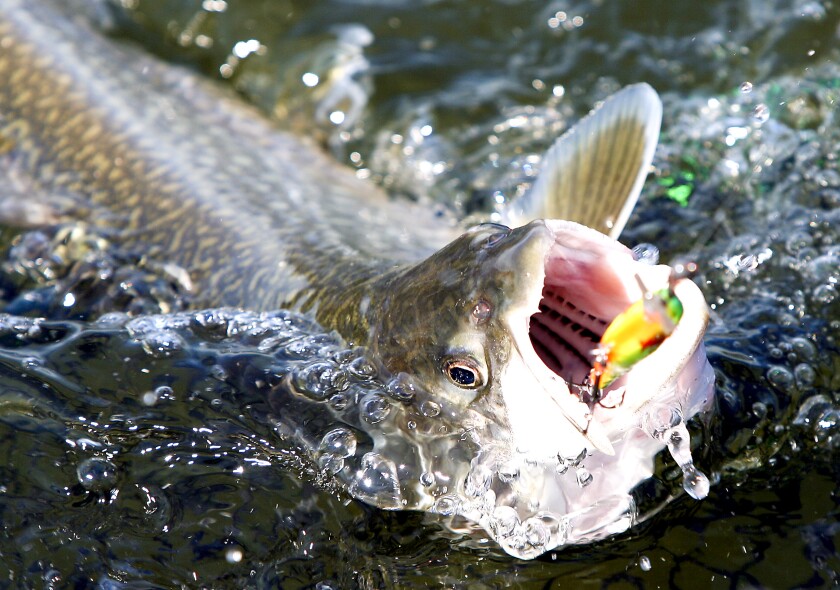
Results from the Michigan study also indicate that there is no benefit to venting or deflation of the lake trout’s gas bladder, an old practice by some Lake Superior anglers. The study found little difference in the death rate of fish that were bloated or not bloated when released.
The Michigan study has been used by fisheries experts to help guide regulations on the big lake, indicating that regulations should not favor angler requirements to release lots of caught fish — such as length limits or so-called slot limits, noting they would be counterproductive if not harmful to the fish population.
Lake Superior surface water generally reaches peak temperatures in July, August and even into September each year, and those peaks have been trending higher in recent decades.
University of Minnesota Duluth researchers in 2007 published a study that showed summer Lake Superior surface water temperatures were warming twice as fast as nearby air temperatures over the past 30 years, based on National Oceanic and Atmospheric Administration buoy data. The results showed one of the most graphic climate change temperature increases on the planet.
Hooking mortality has been an issue with many fisheries over the years, such as on Mille Lacs Lake where the DNR in recent years has noted that even catch-and-release walleye fishing causes mortality, again especially when water temperatures are warmer. Warmer waters on inland lakes, however, generally means water above 70 degrees.



